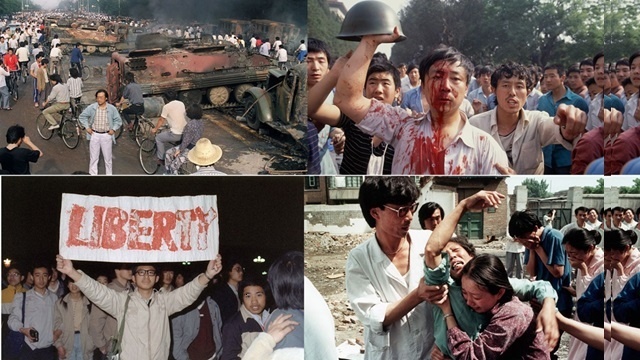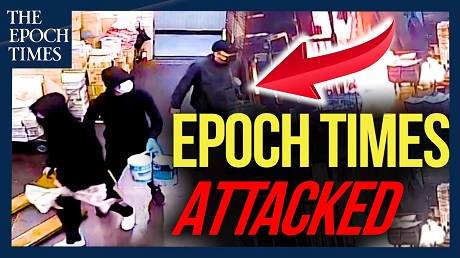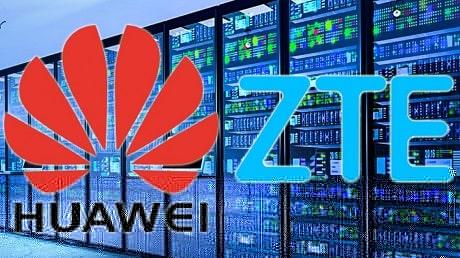- Jose Tarano

Tiananmen Square Protests: The 1989 Uprising
The Tiananmen Square protests in China in 1989 were heavily censored by the Chinese communist government, which called them a "counter-revolutionary rebellion." However, the protests demonstrated the Chinese people's desire to live in a true democracy.
We offer you the documentary "The Gate of Heavenly Peace - Part 1 - Tiananmen Square Protests" and a summary of the key events and significance of this historic uprising.
The Spark of the Tiananmen Square Protests
The Tiananmen Square protests in 1989 were sparked by the death of Hu Yaobang, a liberal reformer, and former General Secretary of the Chinese Communist Party, on April 15, 1989. Students gathered in Tiananmen Square to mourn his death and express their frustration with the slow pace of political reform. The demonstrations quickly gained momentum, with students demanding greater democracy, freedom of the press, and an end to government corruption. The protests resonated with many Chinese citizens who were weary of the Communist Party's autocratic rule and the widening income gap between the elite and the masses. The movement transformed into a broader call for political change as workers, intellectuals, and ordinary citizens joined the students in solidarity.
The Chinese Communist Government Declared Martial Law
As the protests continued, the communist government declared martial law in Beijing and dispatched troops to clear the square, resulting in a violent crackdown on June 3-4, 1989. The exact number of casualties remains unknown, but estimates range from several hundred to several thousand dead. The ruthlessness of the government's response shocked the world and led to international condemnation. Many Western nations imposed sanctions on China, and the country's global reputation suffered a severe blow.
The Gate of Heavenly Peace - Part 1 - Tiananmen Square Protests
Continue Reading …Tiananmen Square Protests: The 1989 Uprising



